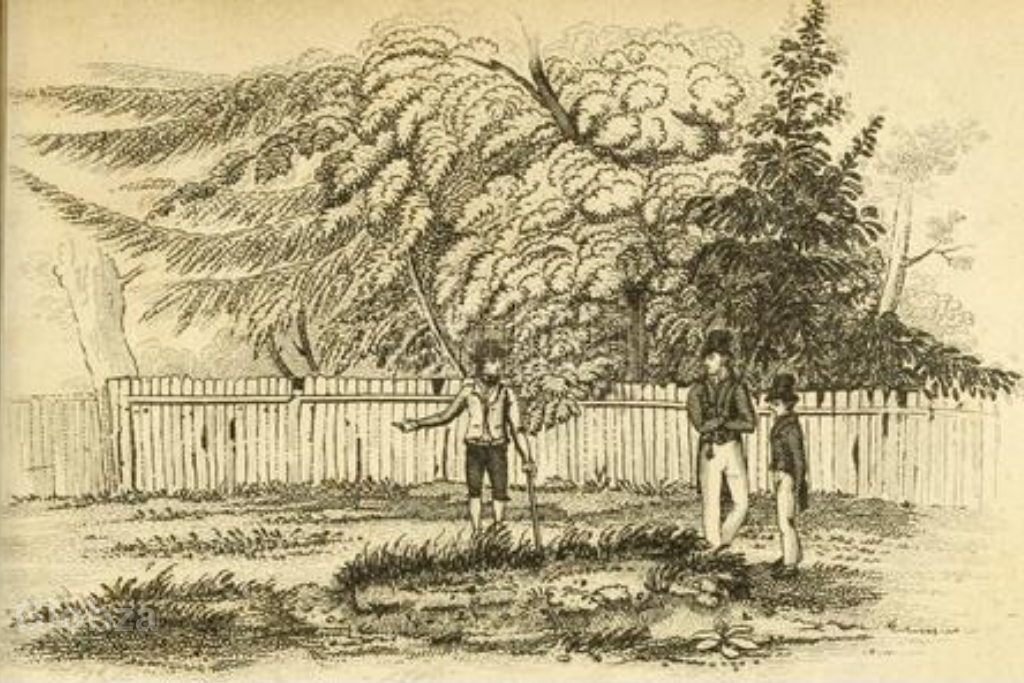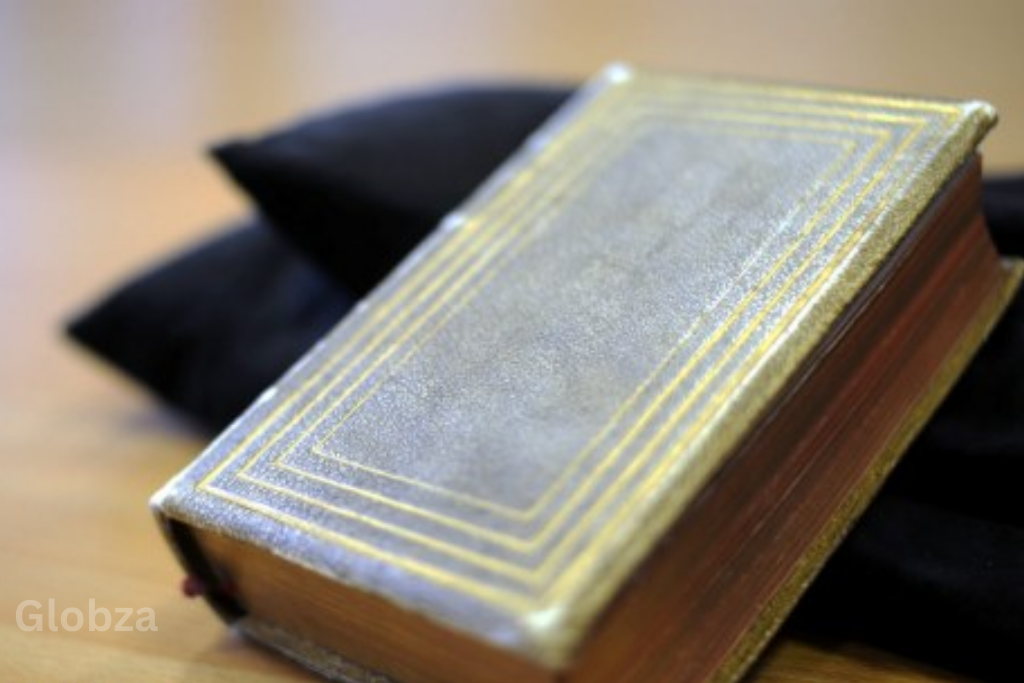A Macabre Mystery Revealed: The Book Bound in a Murderer’s Skin

A murderer bound book may sound like something out of a horror novel, but this unsettling artifact is very real. Curators at Moyse’s Hall Museum in Bury St Edmunds recently discovered that a centuries-old book in their collection is bound in the skin of convicted murderer William Corder. The grim find, long overlooked on a shelf, ties directly to the infamous Red Barn Murder—one of Georgian Britain’s most notorious crimes.
Who Was the Man Behind the Murderer Bound Book?

William Corder came from a respectable farming family in Polstead, Suffolk. By his early 20s, locals already knew him as a “ladies’ man.” But beneath his charming façade lurked a darker nature. In 1827, he deceived his lover Maria Marten into going to a barn under the guise of eloping—but no one ever saw her alive again.
“The case shocked Georgian Britain and captivated the public in ways that still resonate nearly 200 years later.”
Maria Marten and the Murder Behind the Bound Book
Maria, the 24-year-old daughter of a mole-catcher, lived a modest life. Hoping for a future with Corder, she followed him to what would become her final destination: the infamous Red Barn. Corder claimed they would run away to marry, but instead, he murdered her—shooting her in the neck—and buried her body beneath the floorboards.
For months, he misled Maria’s family with false letters, pretending they had eloped. But Maria’s stepmother later claimed to have a disturbing dream revealing Maria’s fate. Her father dug up the barn with his “mole spud” and uncovered her remains.
Capture and Trial: Justice for the Murderer Bound Book Victim

Corder had fled Suffolk and was living quietly near London under an assumed identity. In a bizarre twist, he posted a newspaper advertisement looking for a new wife, which helped authorities track him down.
Authorities arrested him, brought him back to Bury St Edmunds, and charged him with 10 counts of murder—each based on a different theory of Maria’s death to ensure a conviction. Despite his claim that the killing was accidental, the court found him guilty.
From Execution to the Murderer Bound Book: A Public Spectacle
On 11 August 1828, between 7,000 and 10,000 people gathered to witness Corder’s hanging. Due to the size of the crowd, authorities allegedly had to break through the prison wall and build a scaffold on the spot.
After he died, medical professionals dissected his body. In a grim echo of historical anatomical practices, they used his skin to bind books—including two that Moyse’s Hall Museum now holds.
The Murderer Bound Book and Its Legacy of Morbid Fascination
Following the trial, Polstead became a grisly tourist attraction. Souvenir hunters tore apart the Red Barn and chipped Maria’s gravestone for keepsakes.
The museum’s rediscovery of the murderer bound book is a haunting reminder of Victorian society’s complex relationship with crime, justice, and punishment.
Bullet Summary
- Victim: Maria Marten
- Murderer: William Corder
- Location: Red Barn, Polstead, Suffolk
- Year: 1827
- Trial: Convicted and hanged in 1828
- Artifact: Book bound in Corder’s skin now on display
Quote from Heritage Officer
“It’s chilling to think that something so personal—a piece of someone—became a binding for literature. It speaks volumes about how justice, science, and spectacle once collided,”
— Dan Clarke, Moyse’s Hall Museum
Final Thoughts
The story of William Corder is as much about crime as it is about how society chooses to remember it. From the Red Barn Murder to a book that literally binds history in human skin, this tale remains a gripping reminder of how the past lives on—sometimes in the most unexpected ways.




